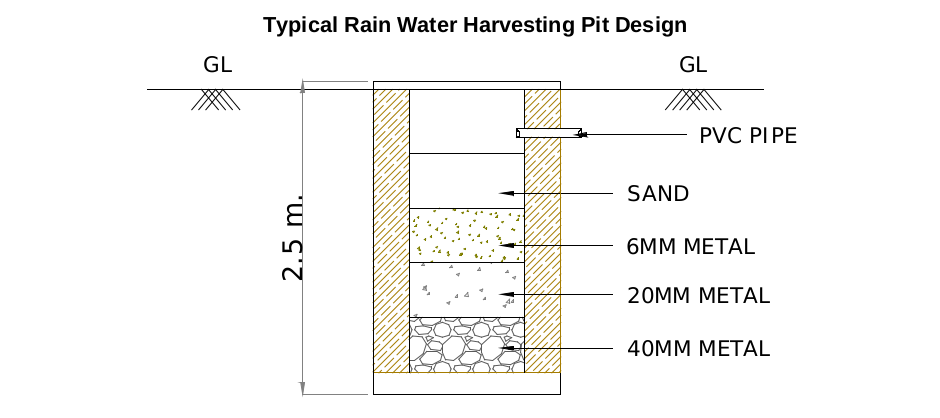





Water is pumped out from the nearby lake and flows through the house while passing among different sediment water filters for performing the water filtration process. The filtered water then becomes ready for purification and softening over carbon block filters and Reverse Osmosis (RO) systems. The treated water can store within storage facilities for later use or go straight to the valves. With pies and water treatment equipment placement anywhere with a strategic design, healthy drinking water is prepared for distribution over the whole house by an engineered distribution until it reaches your home. The final phase of filtration, purification, and softening happens inside your house. Undersink filtration system with inline filters, RO system, and softeners are the treatment solutions for having the crystal-clear water out of your faucet.
Project Difficulty
Project Durability
Convertibility
Safety